CANNABIS 101
CANNABIS 101 | ANATOMY of the Cannabis Plant
CANNABIS 101 | ANATOMY
CANNABIS 101 | STRAINS
Sativa-type
Physical Characteristics
- Narrow Leaves
- Slender & Tall Plant
- Airy Buds
Psychological and Physiological Characteristics
- Energetic
- Cerebral
(Creative, Uplifting, Energetic)
Recommended Time of Use
- Daytime

Dominant Terpenes
- Alpha-pinene, D-limonene, Humulene
Origins
- Central Asia, Central & South America
Indica-type
Physical Characteristics
- Broad Leaves
- Shorty & Bushy Plant
- Dense Buds
Psychological and Physiological Characteristics
- Relaxing
- Bodily
(Pain Relief, Sleep Aid, Appetite Inducing)
Recommended Time of Use
- Nighttime

Dominant Terpenes
- Myrcene, Caryophyllene, Linalool
Origins
- India & Middle East
HYBRID
Hybrids are often attributed characteristics from both sativa and indica strains. It is widely accepted that most strains available today are in fact a hybrid of the original sativa and indica designations. The different combinations of cannabinoids and terpenes identified by the plant’s ingredient profile are the best indicators of a particular strain’s effects.
CANNABIS 101 | CANNABINOIDS
CANNABIS 101 | CANNABINOIDS

THC Effects
- Euphoria
- Altered Senses of Sight, Smell & Hearing
- Appetite Stimulant
- Analgesic
- Relaxation

CBD Effects
- Anxiety Reducing
- Anti-inflammatory
- Neuroprotective
- Convulsion Relief
- Counteracts the effects of THC
TERPENES
Ever wonder what makes cannabis so fragrant? You can thank naturally occurring chemical compounds called terpenes.
While terpenes are present in most plants, cannabis plants produce a wide variety of them in high concentrations. From skunky to sweet, these aromas interact with cannabinoids to enhance the experience of consuming cannabis.
Think of terpenes as the aromatherapy components of the plant that are largely responsible for whether the strain will have a calming or energizing effect.

Myrcene
- The most common found terpene in cannabis
- Woody/earthy scent
- Enhances the euphoric effects of THC
- Sedating and muscle relaxing
- Also found in Hops, mango, thyme

Linalool
- Floral scent
- May lessen THC-induced anxiety
- Sedating and calming
- Also found in: Lavender, birch, rosewood

Pinene
- Most common terpene in nature
- Piney scent
- Bronchodilator
- May aid in short-term memory loss associated with THC
- Also found in: Pine needles, sage, rosemary

Caryophyllene
- Only terpene known to interact with the endocannabinoid system
- Peppery scent
- May have anti-inflammatory effects
- Also found in: Black pepper, cloves, oregano

Limonene
- Most commonly found terpene in citrus fruits
- Sweet/citrus scent
- Uplifting effects
- Also found in: Citrus fruits, mint, juniper
Humulene
- May have anti-inflammatory effects
- May suppress appetite
- May provide pain relief
- Also found in: Cinnamon, ginseng, echinacea
CANNABIS 101 PRODUCTS
-

Banana Land Pre-Roll 5pk | 2.5g | NEA Premium
Northeast Alternatives PremiumTHC 23.08%$30.00 + Add -

Dosi Woah 5pk | 2.5g | Nature’s Heritage
Nature's HeritageIndica THC 22.3%$30.00 + Add -

Jealousy Flower | 3.5g | At Ease
AT EASEHybrid THC 22.5%$30.00 + Add -
Daily Steals,Seed 3.5g Flower | Only $25

Chemistry Flower | 3.5g | SEED
SeedHybrid THC 16.71%$30.00 + Add -
Smyth & NEA 3.5g Flower | 2 for $40

Dante’s Inferno Flower | 3.5g | Smyth Cannabis
Smyth Cannabis Co.Hybrid THC 17.48%$25.00 + Add -

Moroccan Peaches Pre-Roll 10pk | 2.5g | NEA Premium
Northeast Alternatives PremiumHybrid THC 17.92%$30.00 + Add -
Smyth & NEA 3.5g Flower | 2 for $40

Ground Beef Flower | 3.5g | NEA Premium
Northeast Alternatives PremiumIndica THC 18.24%$25.00 + Add -

Local Skunk 5pk | 2.5g | Nature’s Heritage
Nature's HeritageIndica THC 24.08%$30.00 + Add







